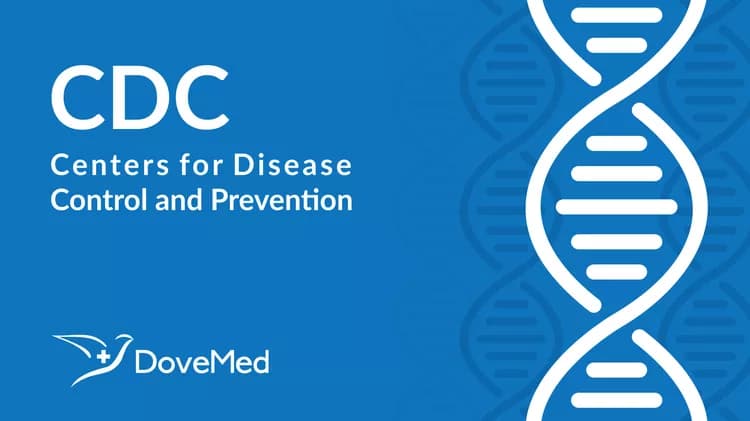
Blood Lead Levels Keep Dropping; New Guidelines Recommended for Those Most Vulnerable
Blood Lead Levels Keep Dropping; New Guidelines Recommended for Those Most Vulnerable
Blood lead levels for Americans have declined dramatically, but some children continue to be at risk of lead exposure, according to an article published in today's Morbidity and Mortality Weekly Report (MMWR) by CDC.
The findings from the National Health and Nutrition Examination Survey (NHANES), show declines in blood lead levels in every segment of the U.S. population. This is believed to be the result of removal of lea from gasoline as wellas from other sources such as household paint, food and drink cans and plumbing systems. However, blood lead levels remain higher among children in low-income families, especially those living in older housing where leaded paints may have been used.
"These lower lead levels for America's children consitute a public health achievement of the first importance," said HHS Secretary Donna E. Shalala. "For our children as a whole, we have achieved average blood levels which would have been considered impossible just a few decades ago. But a significant number of children are still at risk for high lead exposure, and we have to finish the job on their behalf."
To reach children still at risk, CDC is proposing updated lead screening guidance to be used by state and local health officials. The new guidelines would target lead screening efforts at areaswehre lead risks are significant. In particular, the guidelines recommend that state and local health officials determine appropriate screening policies by targeting their efforts at children who live in older homes and children from low-income families.
"The new guidance does not change CDC's position on the adverse health effects caused by lead," said CDC director Dr. David Satcher. "Instead, we want to increase screening and follow-up care for those children who are at risk. The best way to do this is through state and local public health decision-makers. The proposed guidelines will help them bring about effective screening and follow-up care for children.
The proposed guidelines are announced for public comment in Friday's Federal Register. Copies of the draft document can be obtained by calling the toll free number: (888)232-6789.
Lead exposure in young children is of particular concern because children absorb lead more readily than adults and children's developing nervous systems are particularly vulnerable to lead's effects.
Average blood lead levels in children ages 1-5 years decreased from 15.0 to 2.7 micrograms per deciliter according to the NHANES performed between 1976-1980 and 1991-1994. However, there are still close to one million children in the U.S. who continue to have blood lead levels that are greater than or equal to 10 micrograms per deciliter, a blood lead level that is associated with adverse effects in children. In addition, the survey showed that more than one fifth of non-Hispanic black children living in older homes have elevated blood lead levels. This pattern reflects the most serious remaining sources of lead exposure: deteriorated paint in older housing, and dust and soil contaminated by paint and residues from past emissions of leaded gasoline.
Average blood lead levels for both children and adults have dropped more than 80 percent since the late 1970s.
Dr. Satcher emphasized that the public health measures supported by his agency and state and local governments to screen and identify children with elevated blood lead levels and to provide follow-up care to reduce those levels have probably contributed to the continuing declines.
Dr. Satcher also cited the program funded by the Department of Housing and Urban Development that controls lead-based paint hazards in the homes of small children, and the many contributions of the Environmental Protection Agency in addressing the problem of lead-based paint hazards in housing and reducing other sources of lead exposure. "The combined strategies of CDC, HUD, and EPA continue to advance us toward the day when children are free of the threat of lead poisoning," he said.
"The vigorous efforts of state and local health departments to screen children who are likely to be exposed to lead should continue, until we achieve eradication of this disease," Satcher stated.
Average blood lead levels for both children and adults have dropped more than 80 percent since the late 1970s.
The National Health and Nutrition Examination Survey was conducted by CDC's National Center for Health Statistics, in cooperation with CDC's National Center for Environmental Health, which also developed the proposed guidelines, Screening Young Children for Lead Poisoning: Guidance for State and Local Public Health Officials. CDC is part of the U.S. Department of Health and Human Services.
###
U.S. DEPARTMENT OF HEALTH AND HUMAN SERVICES
Related Articles
Test Your Knowledge
Asked by users
Related Centers
Related Specialties
Related Physicians
Related Procedures
Related Resources
Join DoveHubs
and connect with fellow professionals

0 Comments
Please log in to post a comment.